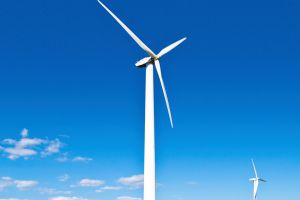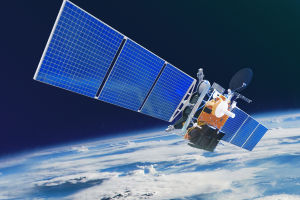Wind power stations, often referred to as wind farms, are popping up everywhere - from the shores of coastal towns to vast open plains. But how do these massive turbines actually generate the electricity that powers your home?
Let’s dive into the six most common questions about wind power stations, and be prepared to be an expert on harnessing wind energy at the end!
1. What's the Biggest Wind Power Station in the World?
The largest wind power station in the world is the Gansu Wind Farm in China. Spanning over 1,500 square kilometers, it has a total installed capacity of around 8,000 megawatts (MW). The farm is part of a larger initiative to develop renewable energy sources in China, which aims to significantly reduce carbon emissions and combat air pollution.
How do wind turbines work? - Rebecca J. Barthelmie and Sara C. Pryor
Video by TED-Ed
2. How Much Energy Can a Wind Power Station Produce?
The energy produced by a wind power station can vary significantly based on several factors, including the size and efficiency of the turbines, wind speed, and the number of turbines in the installation. On average, a single wind turbine can produce between 1.5 to 3 megawatts (MW) of electricity.
When you scale that up, a large wind farm with multiple turbines can produce significant amounts of energy. For instance, the Gansu Wind Farm in China, the largest in the world, has a total capacity of around 8,000 MW, capable of generating approximately 20 terawatt-hours (TWh) of electricity annually! To put it in perspective, 1 TWh is enough to power about 85,000 homes for a year!
3. Are Offshore Wind Power Stations More Effective Than Onshore?
Yes, offshore wind power is generally more effective than onshore due to stronger and more consistent winds! Offshore wind farms can take advantage of larger turbines and can be placed in areas with less obstruction. This leads to higher energy generation rates. For example, offshore wind projects in Europe are producing power at lower costs and higher capacities than many onshore farms.
4. Are Wind Power Stations Noisy?
Wind power stations do generate noise, primarily from the blades cutting through the air and the mechanical components of the turbines. However, advancements in turbine design have significantly reduced noise levels. Generally, the sound level of a wind turbine is comparable to that of a household refrigerator. Concerns about noise are often cited during planning stages, but many communities find the benefits of renewable energy outweigh the inconvenience.
5. Can Wind Power Stations Supply Energy to Entire Cities?
Yes, wind power stations can supply energy to entire cities, especially when combined with energy storage solutions and a diversified energy grid. Large wind farms contribute significantly to local and regional electricity supply. For instance, in Denmark, wind energy accounted for over 47% of the country's total electricity consumption in 2019. This integration allows for greater reliance on renewable energy sources.
6. Can They Solve the Energy Crisis?
While wind power alone cannot solve the energy crisis, it is a crucial part of a broader strategy to transition to renewable energy. Wind energy helps reduce dependency on fossil fuels, lowers greenhouse gas emissions, and provides sustainable energy solutions. To effectively address the energy crisis, a mix of renewable sources, energy efficiency improvements, and technological advancements are necessary.
Wind power is a clean, efficient, and increasingly affordable energy source. Why not explore wind power as a way to help reduce your carbon footprint and ensure a greener future?


